#medieval lady
Text


Heritrix of the Winter by Armstreet
84 notes
·
View notes
Text

"Queen Alysanne arrived in winterfell for a royal progress in 58 AC, Received by Lord Alaric Stark"
.
.
.
art ; William brassey hole, The Landing Of St. Margaret at Queensferry AD 1068.
#housetargaryen#asoiafman#asoiaf#asoiafwomensource#art#the landing of st. Margaret at Queensferry#fireandblood#house of the dragon#game of thrones#house targaryen#targaryen#george rr martin#queen alysanne#alysanne and alaric#alysanne targaryen#good queen alysanne#winter is coming#winterfell#house stark#alaric stark#jaehaerys i targaryen#art illustration#medieval#medieval art#medieval lady#saint Margaret
35 notes
·
View notes
Text
Have you ever thought a piece of art was so dang beautiful you were determined to waste precious time tracking it it down no matter what?
... Just me?
Lol ok
Anyway this painting was so fricking pretty I did just that. I wanted to find more reference images of escoffions and saw this pretty picture:
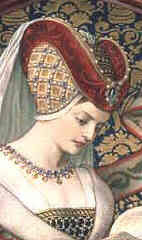
But it was so low res and just would not do. And I thought it looked cropped. So I searched more and discovered that in fact it had been cropped:
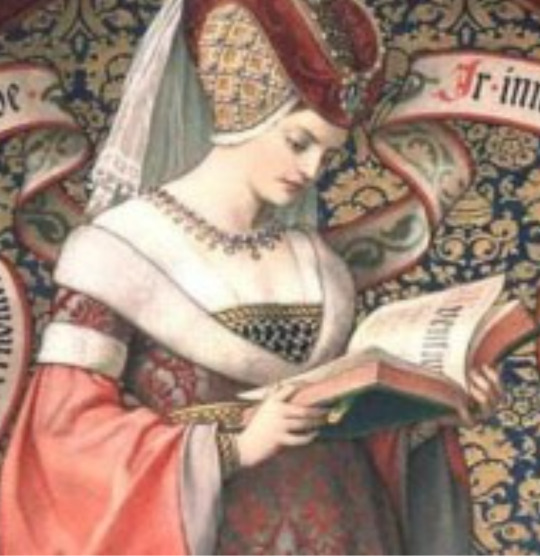
But that was still low res, plus all that was coming up was a cover for a certain book about medieval clothing, so I worried that the piece was a modern one commissioned by a specific person for their book. But I kept looking and lo and behold, it's a whole glorious mural!

It's called Lady Reading Tristan and Isolde and is from the 19th century.
I love it much. Also her escoffion is fabulous.
These are the efforts of my useless labor, but I thought it was so pretty you guys might want to see it's beauty also.
#lol why am i like this#neurodivergent rabbit hole#escoffion#medieval fashion#mural#German school#german art#19th century#1800s#19th century art#medieval lady#lady#painting#historical fashion#history#free image
13 notes
·
View notes
Text

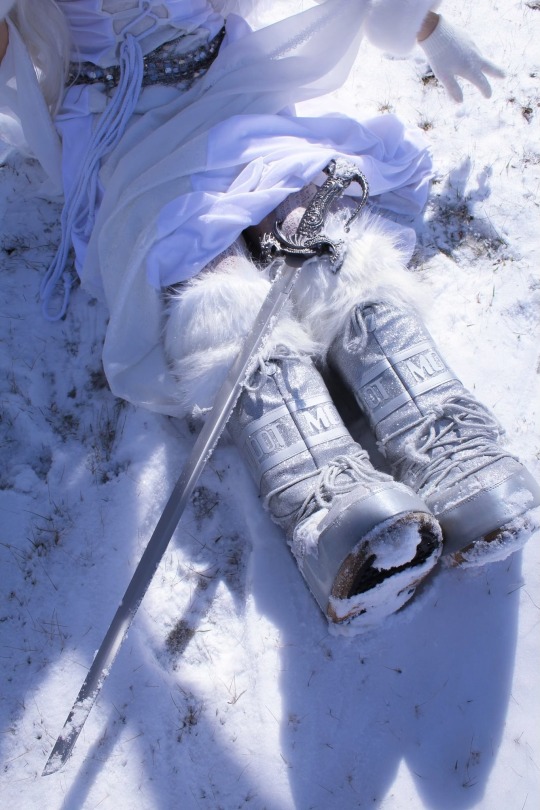

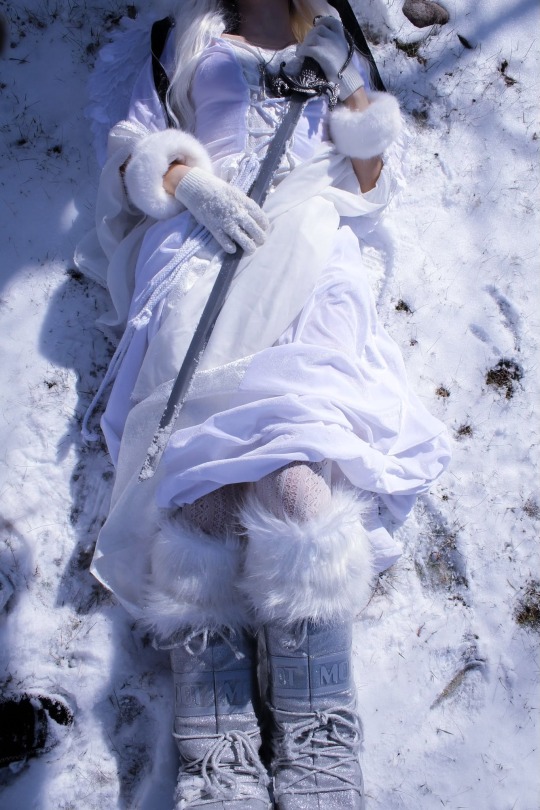
fight me in the frost? 🗡꙳·❅°*˖🌨
#medieval fantasy#medieval#medieval aesthetic#medieval moodboard#medievalmagic#medieval core#medieval lady#medieval goth#medieval fashion#medieval style#medieval dress#medieval inspired#medieval weapons#sword#white goth#ethereal moodboard#angelcore aesthetic#angelcore#winter angel#snow angel#angelic
7 notes
·
View notes
Text




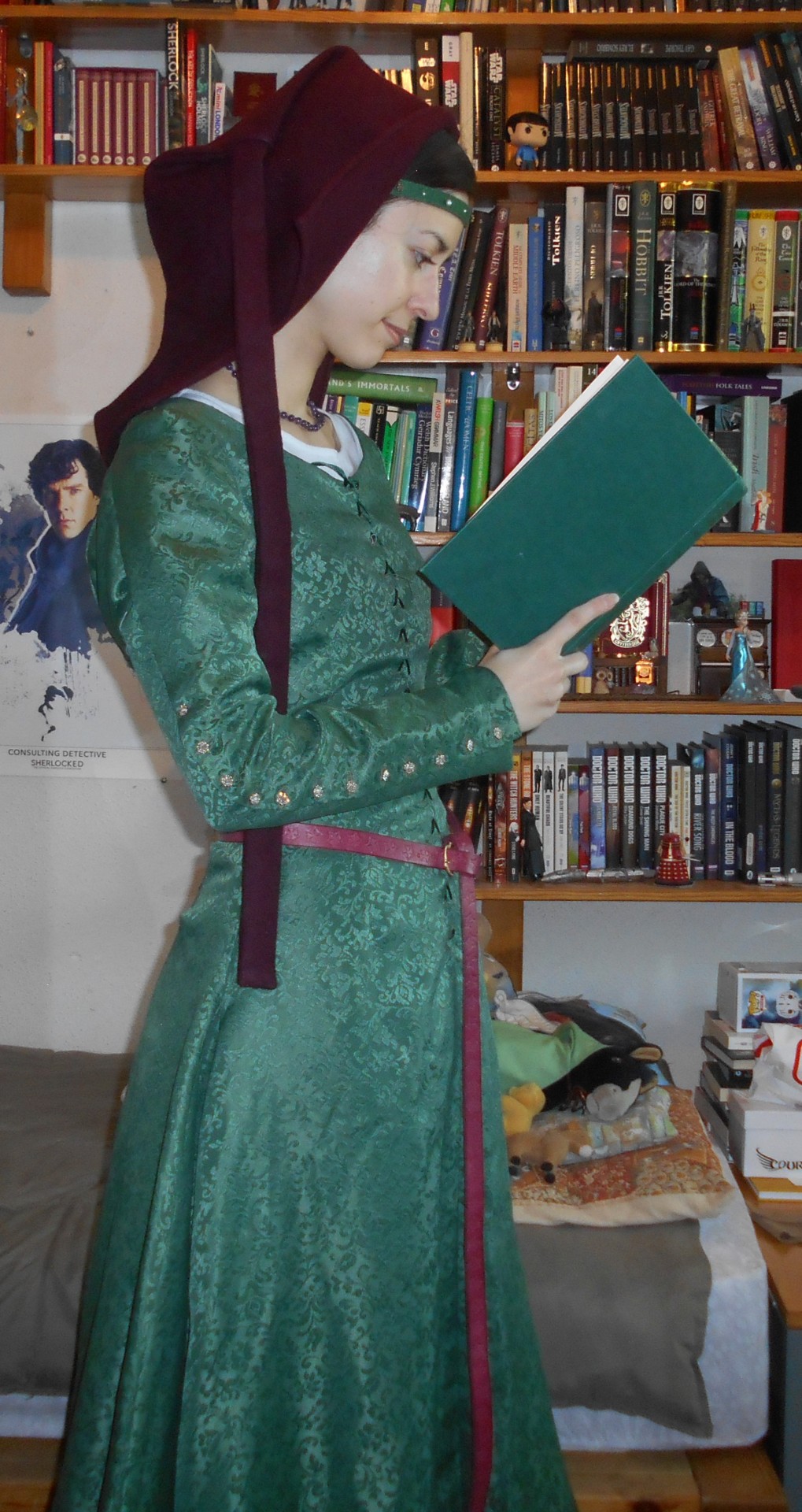

Late 14th-early 15th Century reenactment (2019 test pics and 2021 edits)
14th Century reenactment
DeviantArt
FB cosplay page
IG cosplay page
#14th century#15th century#14th century fashion#medieval reenactment#historical reenactment#medieval fashion#15th century fashion#medieval#middle ages#My reenactment#My historical reenactment#reenactment#medieval lady#cottehardie#medieval purse#medieval belt#fillet#open hood#medieval hood#liripipe hood#history#historical costuming#14th century reenactment#15th century reenactment
18 notes
·
View notes
Text

Ms-5072 réserve, folio 71v
#medieval manuscripts#medieval lady#gown#acorn hat#hats#medieval dress#garden#dog#fountain#castle#hosen#mens short gown
2 notes
·
View notes
Text

all RIGHT:
Why You're Writing Medieval (and Medieval-Coded) Women Wrong: A RANT
(Or, For the Love of God, People, Stop Pretending Victorian Style Gender Roles Applied to All of History)
This is a problem I see alllll over the place - I'll be reading a medieval-coded book and the women will be told they aren't allowed to fight or learn or work, that they are only supposed to get married, keep house and have babies, &c &c.
If I point this out ppl will be like "yes but there was misogyny back then! women were treated terribly!" and OK. Stop right there.
By & large, what we as a culture think of as misogyny & patriarchy is the expression prevalent in Victorian times - not medieval. (And NO, this is not me blaming Victorians for their theme park version of "medieval history". This is me blaming 21st century people for being ignorant & refusing to do their homework).
Yes, there was misogyny in medieval times, but 1) in many ways it was actually markedly less severe than Victorian misogyny, tyvm - and 2) it was of a quite different type. (Disclaimer: I am speaking specifically of Frankish, Western European medieval women rather than those in other parts of the world. This applies to a lesser extent in Byzantium and I am still learning about women in the medieval Islamic world.)
So, here are the 2 vital things to remember about women when writing medieval or medieval-coded societies
FIRST. Where in Victorian times the primary axes of prejudice were gender and race - so that a male labourer had more rights than a female of the higher classes, and a middle class white man would be treated with more respect than an African or Indian dignitary - In medieval times, the primary axis of prejudice was, overwhelmingly, class. Thus, Frankish crusader knights arguably felt more solidarity with their Muslim opponents of knightly status, than they did their own peasants. Faith and age were also medieval axes of prejudice - children and young people were exploited ruthlessly, sent into war or marriage at 15 (boys) or 12 (girls). Gender was less important.
What this meant was that a medieval woman could expect - indeed demand - to be treated more or less the same way the men of her class were. Where no ancient legal obstacle existed, such as Salic law, a king's daughter could and did expect to rule, even after marriage.
Women of the knightly class could & did arm & fight - something that required a MASSIVE outlay of money, which was obviously at their discretion & disposal. See: Sichelgaita, Isabel de Conches, the unnamed women fighting in armour as knights during the Third Crusade, as recorded by Muslim chroniclers.
Tolkien's Eowyn is a great example of this medieval attitude to class trumping race: complaining that she's being told not to fight, she stresses her class: "I am of the house of Eorl & not a serving woman". She claims her rights, not as a woman, but as a member of the warrior class and the ruling family. Similarly in Renaissance Venice a doge protested the practice which saw 80% of noble women locked into convents for life: if these had been men they would have been "born to command & govern the world". Their class ought to have exempted them from discrimination on the basis of sex.
So, tip #1 for writing medieval women: remember that their class always outweighed their gender. They might be subordinate to the men within their own class, but not to those below.
SECOND. Whereas Victorians saw women's highest calling as marriage & children - the "angel in the house" ennobling & improving their men on a spiritual but rarely practical level - Medievals by contrast prized virginity/celibacy above marriage, seeing it as a way for women to transcend their sex. Often as nuns, saints, mystics; sometimes as warriors, queens, & ladies; always as businesswomen & merchants, women could & did forge their own paths in life
When Elizabeth I claimed to have "the heart & stomach of a king" & adopted the persona of the virgin queen, this was the norm she appealed to. Women could do things; they just had to prove they were Not Like Other Girls. By Elizabeth's time things were already changing: it was the Reformation that switched the ideal to marriage, & the Enlightenment that divorced femininity from reason, aggression & public life.
For more on this topic, read Katherine Hager's article "Endowed With Manly Courage: Medieval Perceptions of Women in Combat" on women who transcended gender to occupy a liminal space as warrior/virgin/saint.
So, tip #2: remember that for medieval women, wife and mother wasn't the ideal, virgin saint was the ideal. By proving yourself "not like other girls" you could gain significant autonomy & freedom.
Finally a bonus tip: if writing about medieval women, be sure to read writing on women's issues from the time so as to understand the terms in which these women spoke about & defended their ambitions. Start with Christine de Pisan.
I learned all this doing the reading for WATCHERS OF OUTREMER, my series of historical fantasy novels set in the medieval crusader states, which were dominated by strong medieval women! Book 5, THE HOUSE OF MOURNING (forthcoming 2023) will focus, to a greater extent than any other novel I've ever yet read or written, on the experience of women during the crusades - as warriors, captives, and political leaders. I can't wait to share it with you all!
#watchers of outremer#medieval history#the lady of kingdoms#the house of mourning#writing#writing fantasy#female characters#medieval women#eowyn#the lord of the rings#lotr#history#historical fiction#fantasy#writing tip#writing advice
29K notes
·
View notes
Text

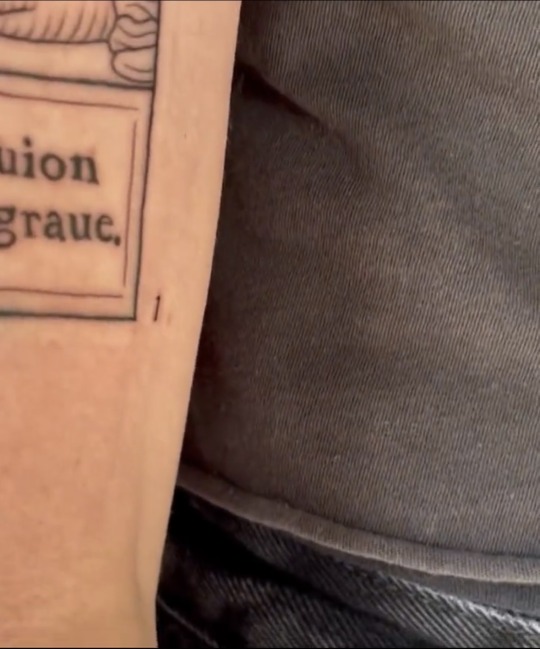

Researcher and doctorate @NoraEpstein on Twitter just posted a video of the new tattoo she got commemorating her PhD.
And… she footnoted the artwork, with a literal footnote 😂 I love this so much
#medieval#medievalist of tumblr#history#art history#tattoos#historians of tumblr#check out her Twitter she seems like an awesome lady#plus she has her MLIS#bonus points there
13K notes
·
View notes
Text

#excalibur#art#illustration#king arthur#arthurian#medieval#middle ages#mythology#lady of the lake#sword#swords#swan#swans#lake#knights#knight#folklore
3K notes
·
View notes
Text
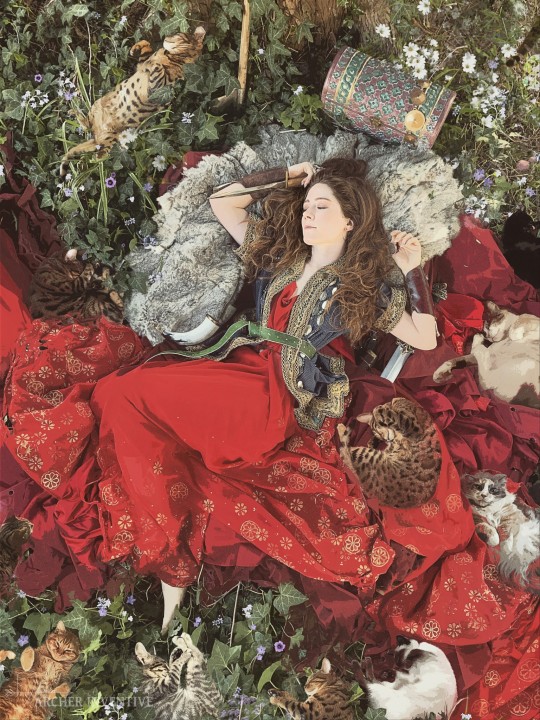
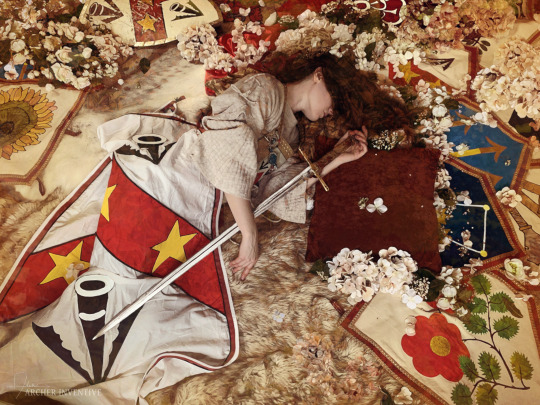
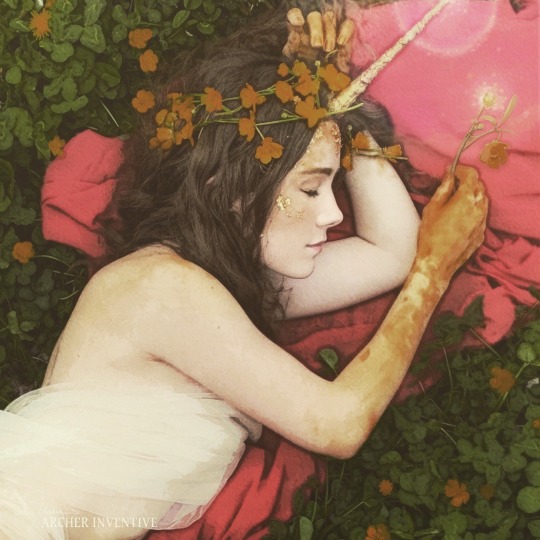
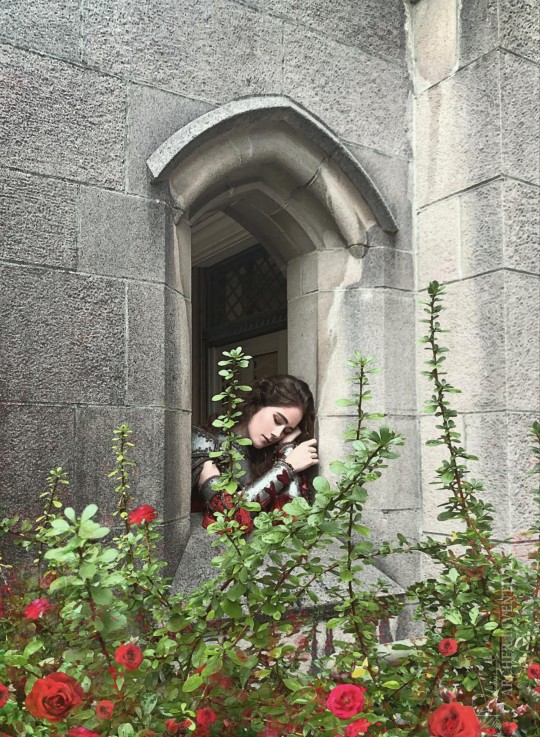


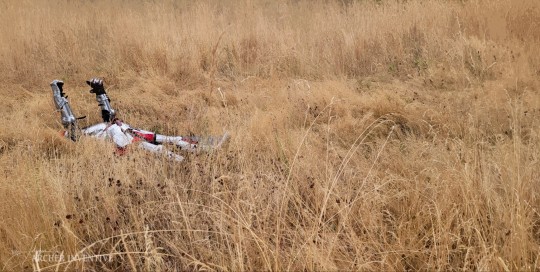
A happy and sleepy Sunday to you all. ❤️
May your day be calm and cozy. 🤗
Get your own prints HERE
https://www.etsy.com/shop/ArcherInventive
Model Credit (last photo): Chase Kingsford
#sleeping#knights#medieval#fantasy#artwork#lady knights#archerinventive#dames#sword#dagger#freya#norse godess#unicorn#cats
1K notes
·
View notes
Photo
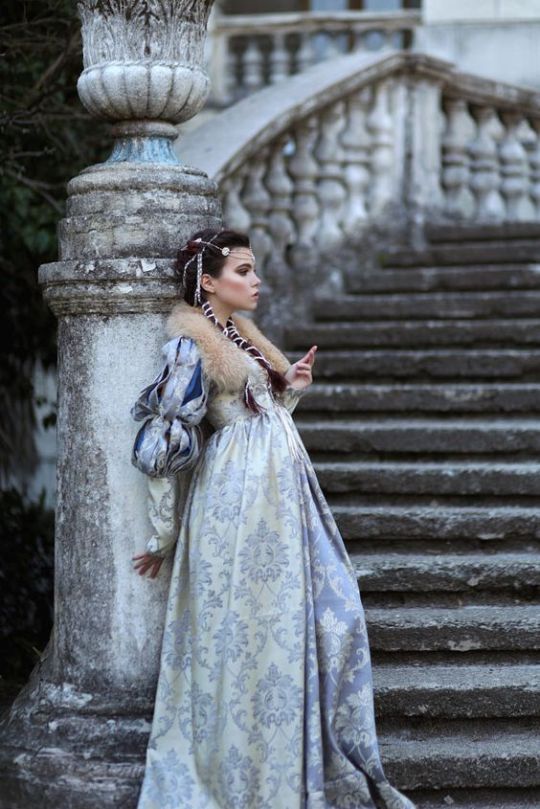
Dasha by Albina Khusainova
#fairytale#medieval lady#medieval fantasy#medieval cosplay#stone steps#my upload#silvaris#princess#queen#lady#woman#maiden#fairy tale#enchanting#castle#stone#building#medieval
66 notes
·
View notes
Text

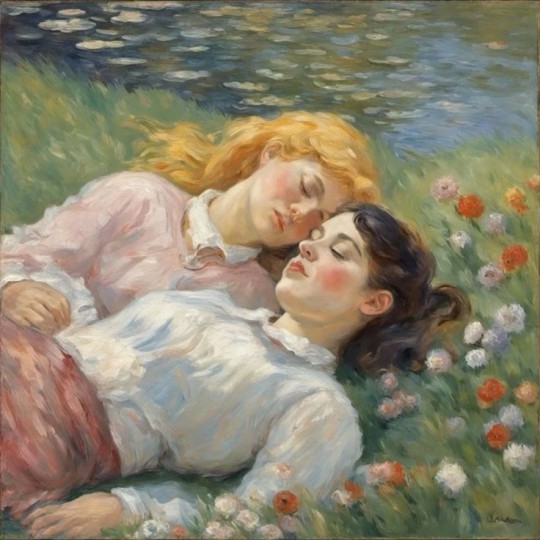
"Mya and Gwenys Rivers "
.
.
—Bastard Daughters of King Aegon IV Targaryen and his mistresses Lady Melissa Blackwood.
#asoiaf#fireandblood#house targaryen#mya rivers#gwenys rivers#aegon iv targaryen#melissa blackwood#brynden rivers#bastard daughters#great bastards#house of the dragon#game of thrones#targaryen#asoiafwomensource#george rr martin#house blackwood#naerys targaryen#aemon the dragonknight#daeron ii targaryen#daemon blackfyre#art#art inspiration#medieval art#medieval lady
2 notes
·
View notes
Text
#sale#ebay.com#needlepoint#ebay#cross stitch#medieval tapestry#medieval lord#medieval lady#medieval#lord#lady#animals#painted canvas needlepoint
0 notes
Text
Jonathan Harker knocked me flat with this one. his speculation that vampirism spreads because people willingly follow their loved ones into damnation is so affecting. and it's an insight that's so uniquely him. the gothic heroine in him can see Dracula's world in a way the others seemingly can't. he can look at the situation without any concerns of rationalism, honour, god, or any other facet of Victorian society, and reach this truth: we will walk into any horror for love
#dracula daily#3 oct#this is the boy who imagined medieval ladies writing love letters in castle dracula#mina does the same thing from the other angle being willing to trade her immortal soul and choose death to keep him safe btw#but jonathan is the one to apply it as a universal truth#he has emotional intelligence in spades and the heart of a poet
12K notes
·
View notes
Photo


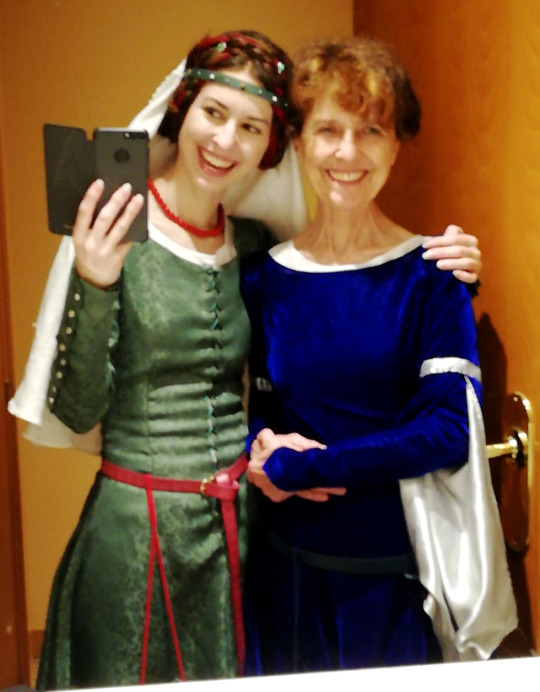

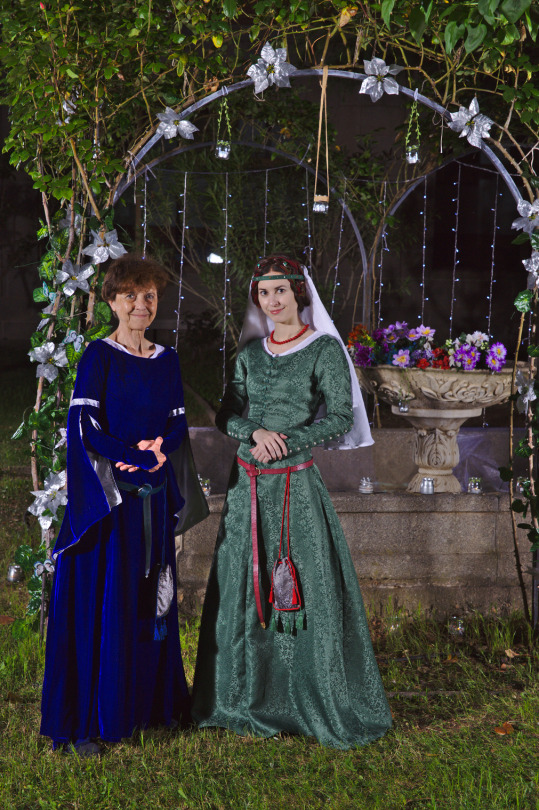



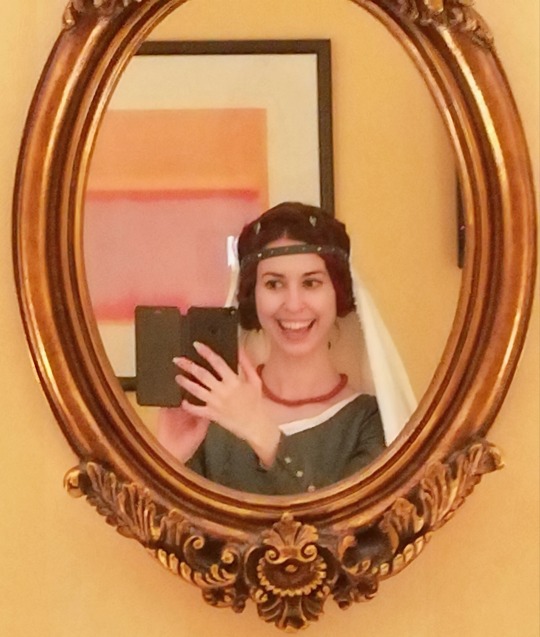

Late 14th Century-early 15th Century damask cottehardie with linen chemise (comissioned), tablet-woven silk fillet (comissioned), decorative veil beaded with faux pearls (by me), leather embossed belt and purse (comissions), at a Tolkien convention back in 2019. Featuring Tarmaerika and DarkSapiens.
The hairstyle is a typical 14th Century style with double 3-strand braids coiled around the ears and crossed over the head to be gathered at the nape of the neck. I used 2 open pins which are very similar to those used back then, as well as a wool burgundy and moss green paranda braided with my hair to add thickness and colour to the style.
Historical reenactment
14th Century reenactment
DeviantArt
FB cosplay page
IG cosplay page
#historical reenactment#medieval fashion#14th century#15th century#My reenactment#middle ages#medieval#medieval lady#14th century fashion#15th century fashion#historical#reenactment#tolkien#spanish tolkien society#estelcon 2019#estelcon#sociedad tolkien española#fillet#cottehardie#historical fashion#medieval reenactment#14th century reenactment#15th century reenactment#cotte#historical costuming#history#herstory#medieval belt#medieval purse#chemise
18 notes
·
View notes
Text
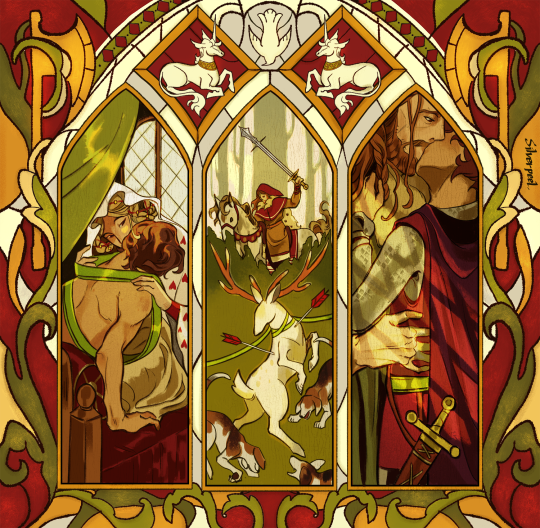
Celebrating new year and ending of the quest:)🕯️🎄🪓
product of my recent green knight reread on holidays, save me erotic hunting scene......
Happy new year, hope everyone have a nice starting of the year!
for hardcore fans yes lady bertilak dress lowkey reference form manuscript (feat. burrito gawain)
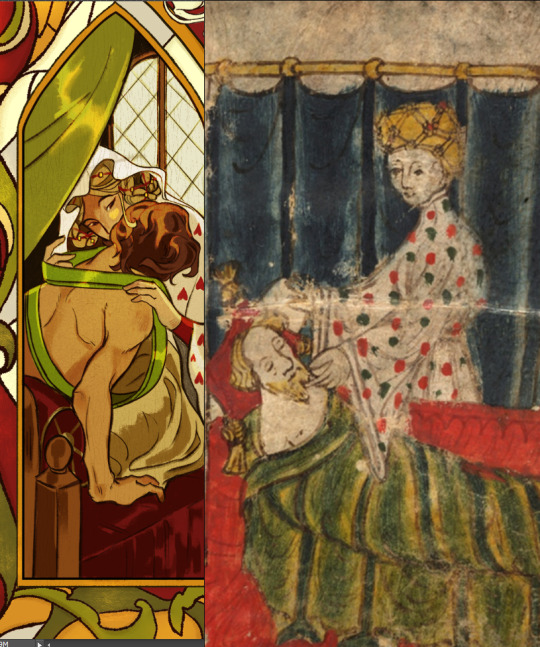
#arthuriana#medieval literature#sir gawain and the green knight#arthurian legend#gawain#lady bertilak#lord bertilak#captive unicorn reference for hunting scene allegory etc etc#have a good time making those stained glass#artists on tumblr#happy new year#illustration#my art
961 notes
·
View notes